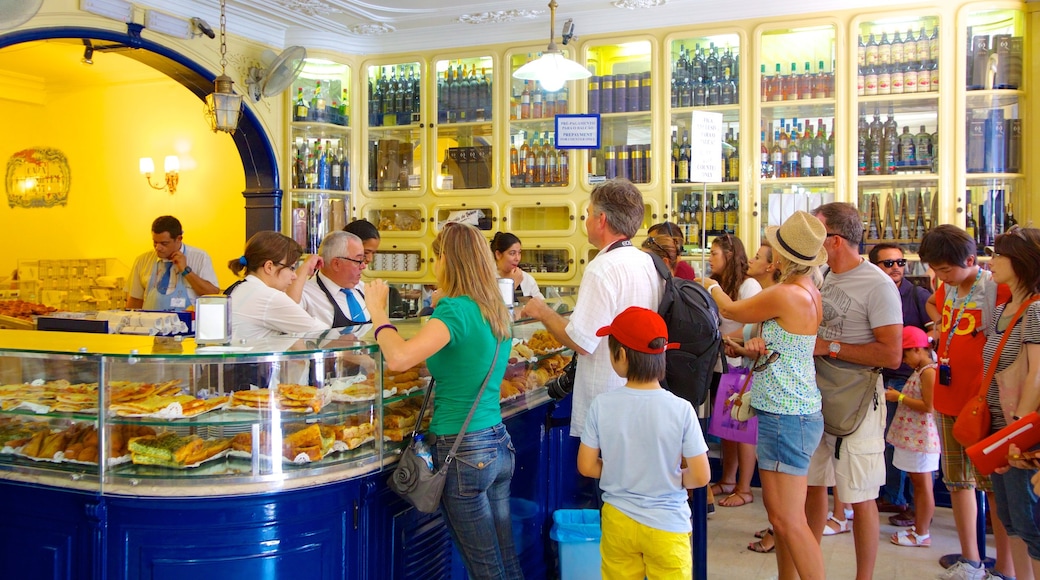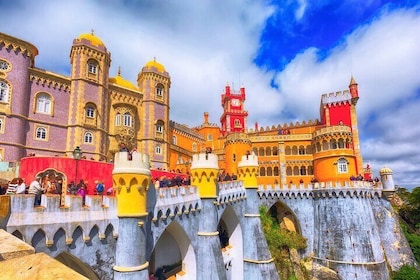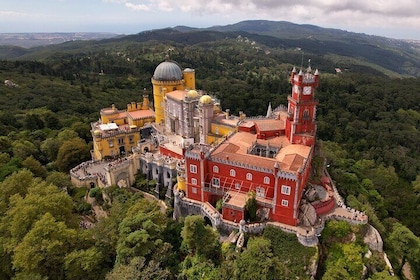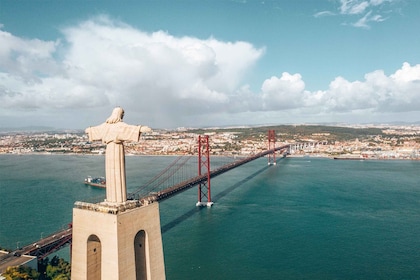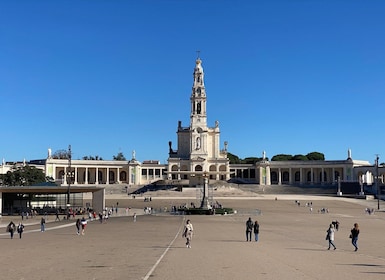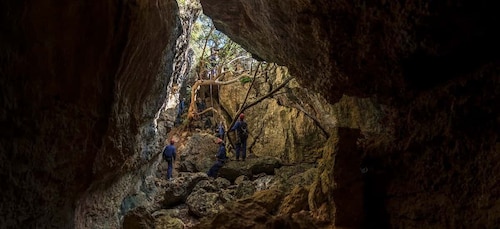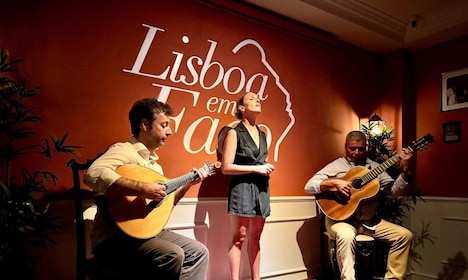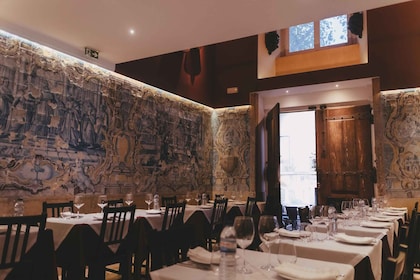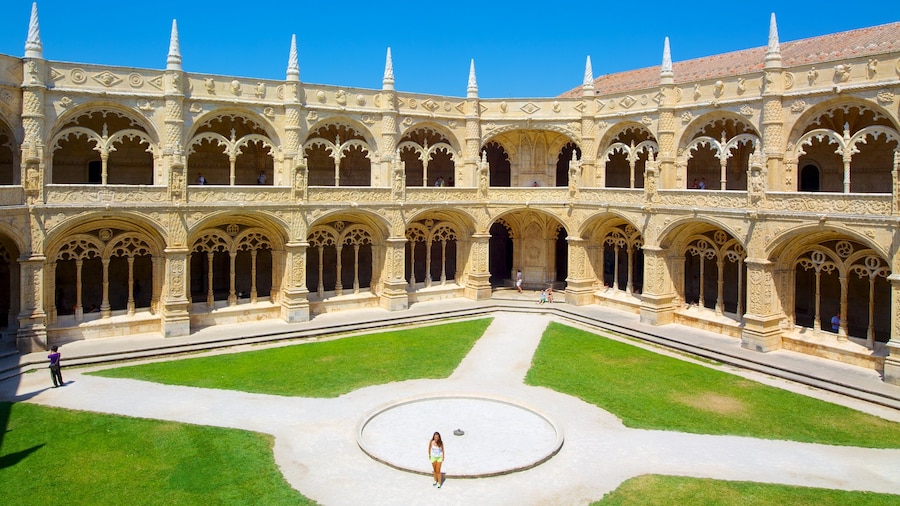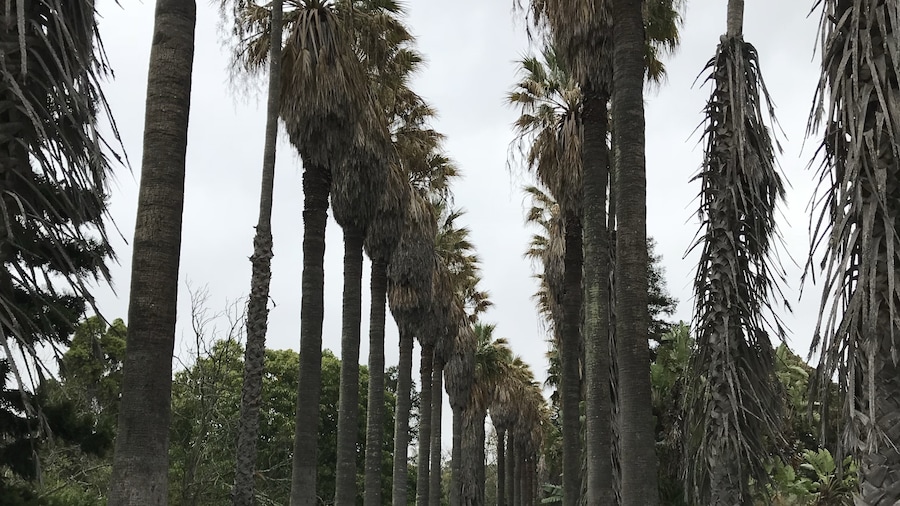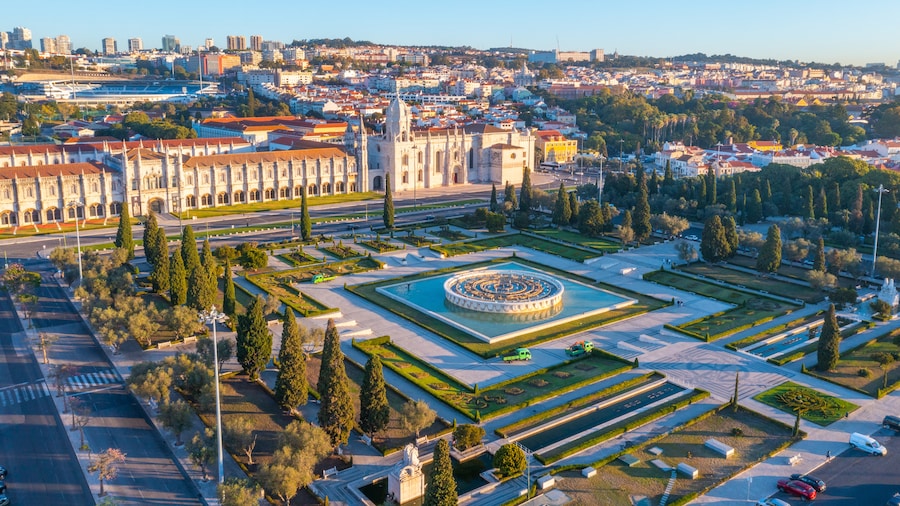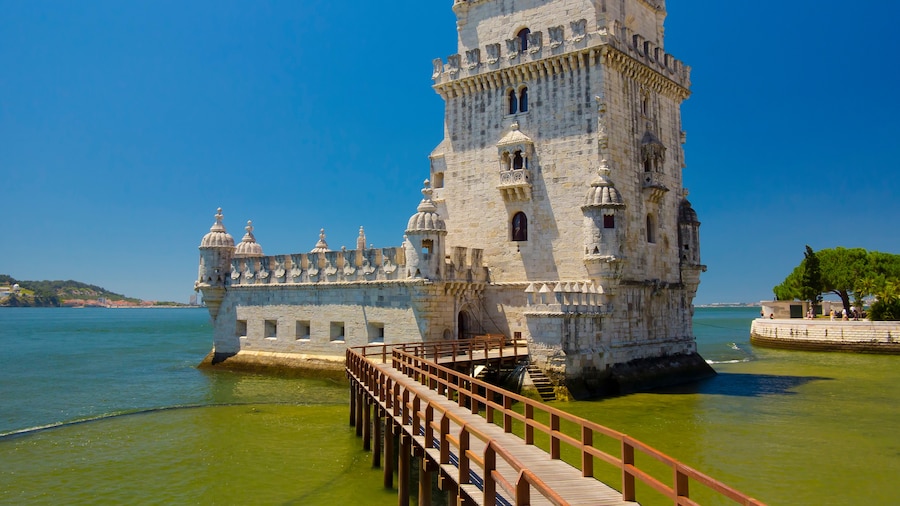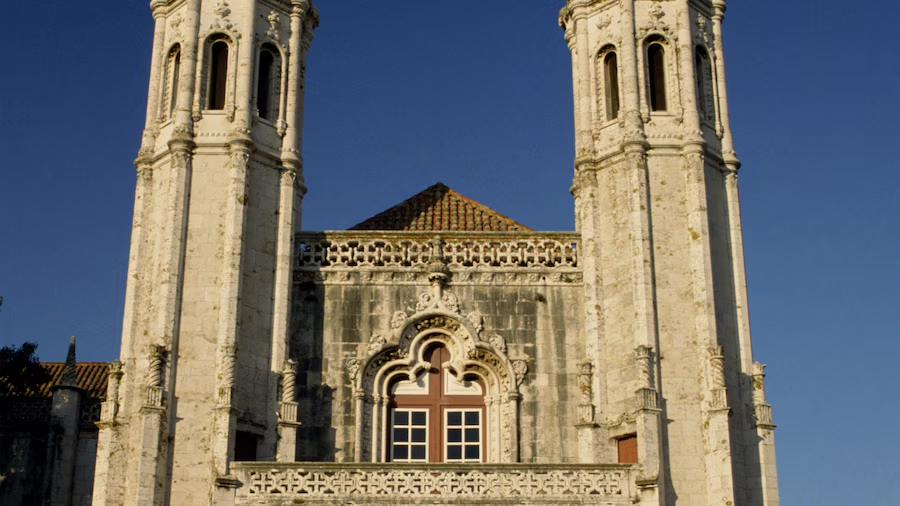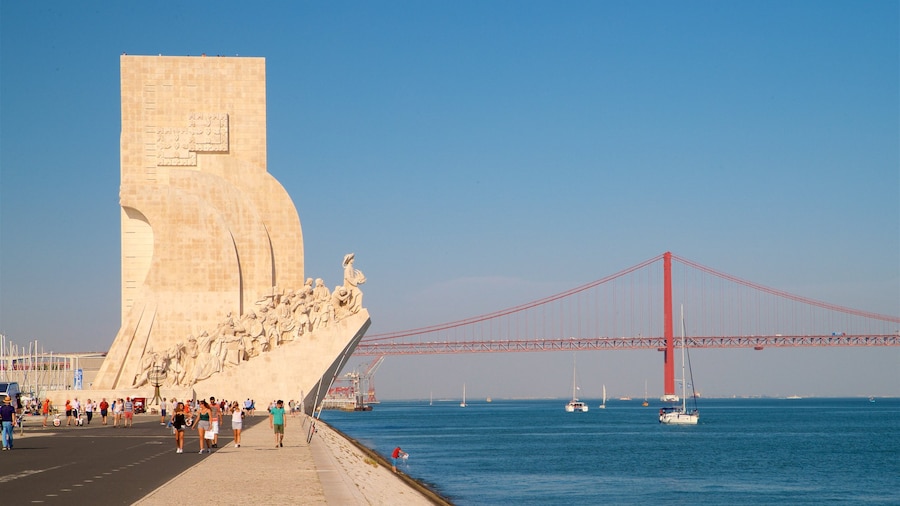Pastéis de Belem is one of the busiest and best known pastry shops in a country known for mouth-watering sweets. No matter when you arrive, you’ll likely find lines out the door. It’s well worth the wait when you bite into the thin flaky crust and warm egg-custard centre of a pastel de nata, Lisbon’s signature pastry.
Legend has it that these local treats were first baked in the late 17th century by Catholic monks at the nearby Jeronimos Monastery. Back then, the monasteries made money by keeping chicken farms that produced large quantities of eggs. While the egg whites were in high demand for everything from starching clothes to making port wine, the leftover yolks were used for baked goods such as the delicious pastel de nata.
Pastéis de Belem’s doors have been open since 1837. It’s customary to eat their most popular pastry liberally sprinkled with cinnamon and powdered sugar. A café latte or a glass of milk go along nicely with this treat. There is also a wide variety of other jam-filled and chocolate-iced goodies to choose from, so you may want to put this stop on your itinerary more than once.
Pastéis de Belem is located in the Belem neighbourhood and is easily accessible by tram and bus. The shop is open daily. Prices are reasonable and the atmosphere is relaxed and unpretentious. Be forewarned that there’s usually a wait for a table and you may have to speak up to get a waiter’s attention in this busy place.
Visit nearby attractions such as the Jeronimos Monastery, where the pastel de nata was thought to have been invented. The historic Belem district lies on the waterfront and there are many monuments dedicated to Portugal’s explorers.
